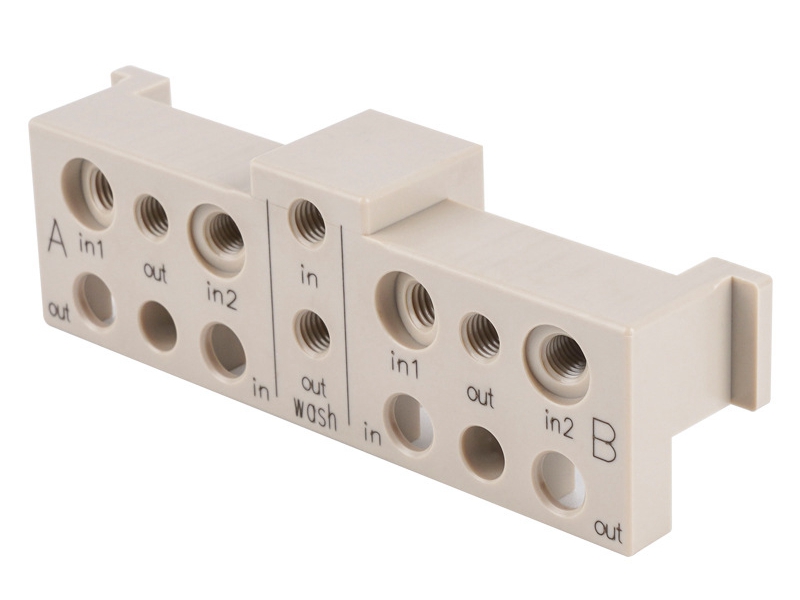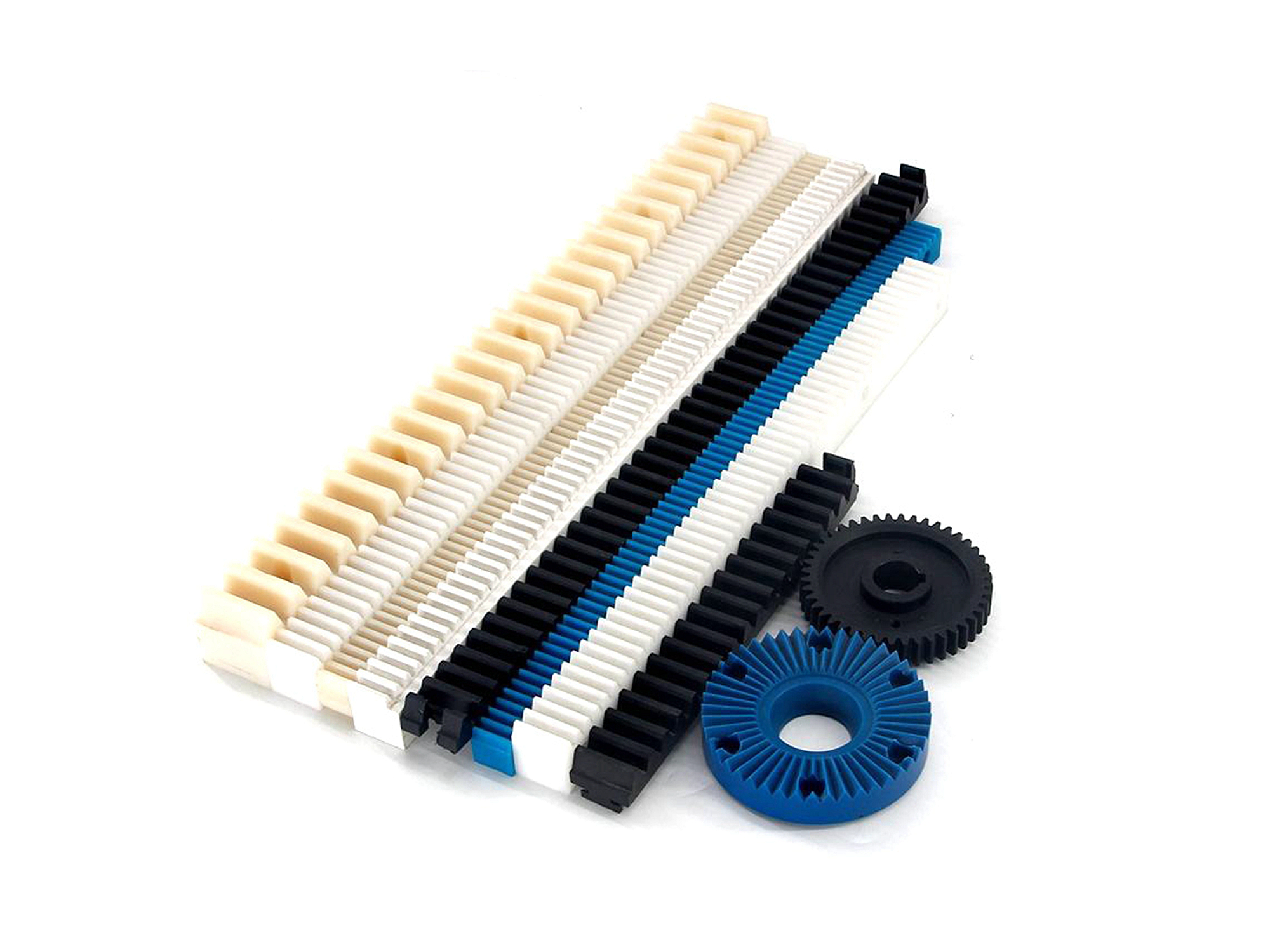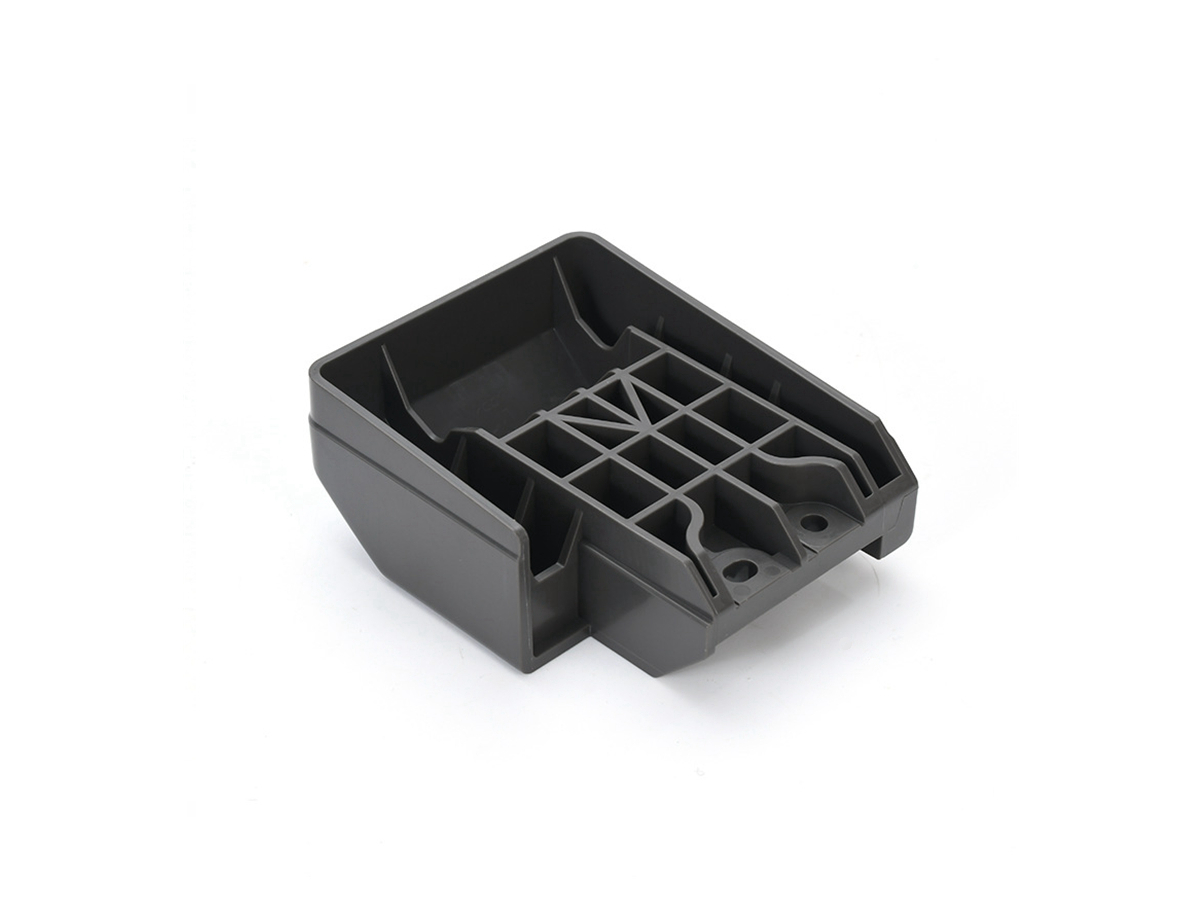Why do glass-fiber plastics require more frequent tool changes?
Why do glass-fiber plastics require more frequent tool changes?
Glass-fiber-reinforced plastics (GFRP) necessitate more frequent tool changes, primarily due to their highly abrasive nature. The glass fibers, which are harder than the tool's cutting edge, act like sandpaper, causing rapid wear through a mechanism known as abrasive tool degradation. This is a fundamental challenge when machining composite materials.
Primary Reasons for Accelerated Tool Wear
1. Extreme Abrasiveness The glass fibers embedded in the plastic matrix are significantly harder than even carbide cutting tools. This constant, high-abrasion contact quickly dulls the sharp cutting edge, leading to a loss of precision and increased cutting forces.
2. Intermittent Cutting Action Unlike homogenous metals, the tool continuously alternates between cutting the soft plastic matrix and the hard, brittle glass fibers. This intermittent impact loading causes micro-chipping on the cutting edge, accelerating failure beyond just gradual wear.
3. Heat Concentration at the Cutting Edge While the plastic matrix is sensitive to heat, the glass fibers are excellent insulators. This prevents heat from dissipating through the workpiece, concentrating it at the tool's cutting edge. This elevated temperature can soften the tool binder, making the carbide grains more prone to being plucked out.
Tooling Strategies to Manage Wear
• Tool Material: Standard HSS tools fail rapidly. We exclusively use wear-resistant solid carbide tools or even more advanced polycrystalline diamond (PCD) tipped tools for long production runs, as PCD offers the highest resistance to abrasion.
• Tool Geometry: Tools feature specialized geometries with high positive rake angles and polished flutes for clean shearing, which is crucial for managing a range of CNC Machined Plastics.
• Coating: While coatings help, their primary role is to reduce heat and friction; the underlying substrate must be extremely abrasion-resistant to handle the glass fibers effectively.
Operational Recommendation
To maximize tool life in glass-fiber plastics, the most effective strategy is a combination of selecting the correct tool material (carbide or PCD) and optimizing machining parameters. Using higher feed rates can help ensure the tool cuts the fibers rather than rubbing against them, but this must be balanced against the risk of delamination. In our Prototyping Service and Low Volume Manufacturing, we implement rigorous tool life monitoring and scheduled changes as a standard procedure to maintain part quality and consistency when processing these challenging materials.



